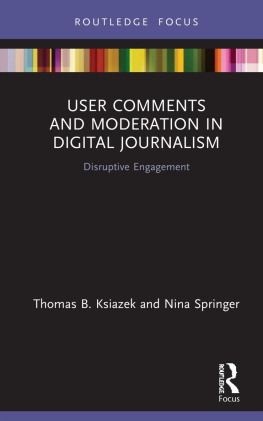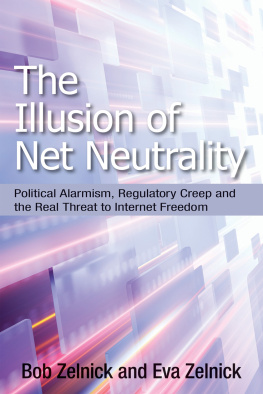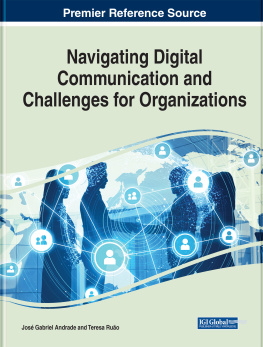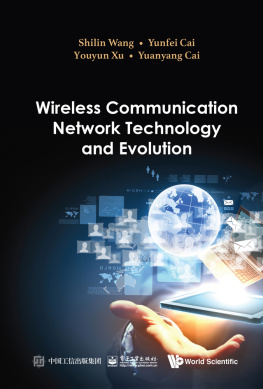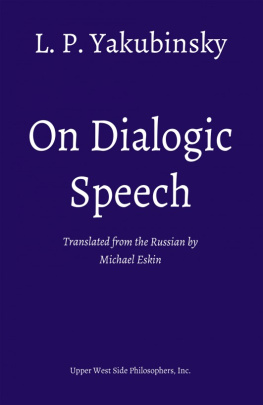
Network Neutrality and Digital Dialogic Communication
In the months after the Federal Communications Commissions (FCC) 2017 decision to repeal network neutrality as US policy, it is easy to forget the decades of public, organizational, media and governmental struggle to control digital policy and open access to the internet. Using dialogic communication tactics, the public, governmental actors and organizations impacted the ruling through YouTube comments, the FCC online system and social network communities. Network neutrality, which requires that all digital sites can be accessed with equal speed and ability, is an important example of how dialogic communication facilitates public engagement in policy debates. However, the practice and ability of the public, organizations and media to engage in dialogic communication are also greatly impacted by the FCCs decision. This book reflects on decades of global engagement in the network neutrality debate and the evolution of dialogic communication techniques used to shape one of the most relevant and critical digital policies in history.
Alison N. Novak is an Assistant Professor of Public Relations in the College of Communication and Creative Arts at Rowan University. She received her PhD from Drexel University in Communication, Culture, and Media. Her work explores the intersections of policy, media discourses and public engagement. She is the author of Media, Millennials, and Politics: The Coming of Age of the Next Political Generation and the coeditor of Defining Identity and the Changing Scope of Culture in the Digital Age. Her work is featured in Wired Magazine and Redbook Magazine, and on NBC News.
Melinda Sebastian is an Assistant Professor of Communication Studies at Kutztown University. She received her PhD from Drexel University in Communication, Culture, and Media. Her research focuses on gender, technology, law and policy. She recently published Privacy and Consent: The trouble with the label of Revenge Porn in Feminist Media Studies and has a book chapter entitled The Digital Age and the Social Imaginary in Remembering and Forgetting in the Digital Age, Law, Governance, & Technology for Springer Verlag, arriving in 2019. She is the Secretary Historian for the Feminist Division of the International Communication Association.
Routledge Studies in Media Law and Policy
The Press Clause and Digital Technologys Fourth Wave
Media Law and the Symbiotic Web
Jared Schroeder
Network Neutrality and Digital Dialogic Communication
How Public, Private and Government Forces Shape Internet Policy
Alison N. Novak and Melinda Sebastian
Network Neutrality and Digital Dialogic Communication
How Public, Private and Government Forces Shape Internet Policy
Alison N. Novak and
Melinda Sebastian
First published 2019
by Routledge
711 Third Avenue, New York, NY 10017
and by Routledge
2 Park Square, Milton Park, Abingdon, Oxon, OX14 4RN
Routledge is an imprint of the Taylor & Francis Group, an informa business
2019 Taylor & Francis
The right of Alison N. Novak and Melinda Sebastian to be identified as authors of this work has been asserted by them in accordance with sections 77 and 78 of the Copyright, Designs and Patents Act 1988.
All rights reserved. No part of this book may be reprinted or reproduced or utilised in any form or by any electronic, mechanical, or other means, now known or hereafter invented, including photocopying and recording, or in any information storage or retrieval system, without permission in writing from the publishers.
Trademark notice: Product or corporate names may be trademarks or registered trademarks, and are used only for identification and explanation without intent to infringe.
Library of Congress Cataloging-in-Publication Data
A catalog record has been requested for this book
ISBN: 978-1-138-31775-8 (hbk)
ISBN: 978-0-429-45498-1 (ebk)
Typeset in Times New Roman
by codeMantra
Contents
Both authors would like to thank the colleagues, faculty and administration of their institutions: Rowan University and Kutztown University. The project emerged from years within the doctoral program in Communication, Culture, and Media at Drexel University. The authors are grateful for the support from Drexel faculty and friends. Specifically, Dr. Myles Ethan Lascitys editing and watchful eye shaped the first draft of this book. Dr. Rachel M. Magees friendship and collaborations continue to inspire this project. Finally, both authors would like to thank the editors from Routledge and the Taylor & Francis Group for their guidance.
Alison would like to thank her parents, Michael and Denise Novak, for their support and encouragement throughout this project and life. Greg Richter and the Richter familys insights have also greatly shaped this project. In addition, Alison appreciates the ongoing support from Leon Boulanger, Melinda Novak, Jerry Meyers, Dorothy and Edward Markowski and Carol MacMullen. She is grateful for guidance from colleagues, advisers and friends, including Ernest Hakanen, Julia Richmond, Julia Hildebrand, Sherri Jean Katz, Wajeeha Malik, Alicia Rosali and Emad Khazraee.
Melinda would like to thank her mother, Winifred Moran Sebastian Esq., for her help and support on this project and all others. Her advice is always the best, and so is she. Melinda would also like to thank her adviser, Dr. Wesley Shumar, Professor of Communication at Drexel University, for his guidance and support. She again highlights her friend, Dr. Myles Ethan Lascity, Assistant Professor of Journalism at Southern Methodist University, as his input shaping this book was invaluable.
On an overcast December day in 2017 in Washington, D.C., the Federal Communications Commission (FCC), led by Chairman Ajit Pai voted to repeal network neutrality. While shocking for many around the world, the decision came after decades of political, corporate and public debates regarding the regulation of the worlds most powerful communication medium: the internet. The 2017 decision impacts nearly every facet of the internet and has the potential to dramatically change every day digital life for global users. In the wake of these important changes, it is easy to identify the 2017 decision as a conclusion to the network neutrality debate and overlook the decades of engagement and political progress that surround the issue. However, this would be a mistake: many important lessons regarding the co-construction of public policy, digital dialogic communication and challenges to traditional policy development process must be drawn to better inform our understanding of how communication can shape public policy in the digital age. Further, because the elimination of a network neutrality policy can significantly impact the communication potential of the internet, it is important to examine how this potential evolved through the debates of network neutrality.
Network neutrality is defined as a policy that supports a free and open internet devoid of paid differences in service access and availability. Until December 2017, the United States and the majority of countries around the world operated under network neutrality, meaning internet service providers (ISPs) were not allowed to slow down or accelerate internet connections between users and specific websites. All digital content was delivered at comparable speeds based on the type and amount of data communicated, not the financial relationship of the website to the ISP. The FCCs 2017 decision to repeal network neutrality allowed ISPs to monetize connections and individualize connection speeds based on their relationship with the website. Thus, ISPs could charge websites for faster delivery to a user, or slow down connections between users and websites who fail to pay the ISP ().


